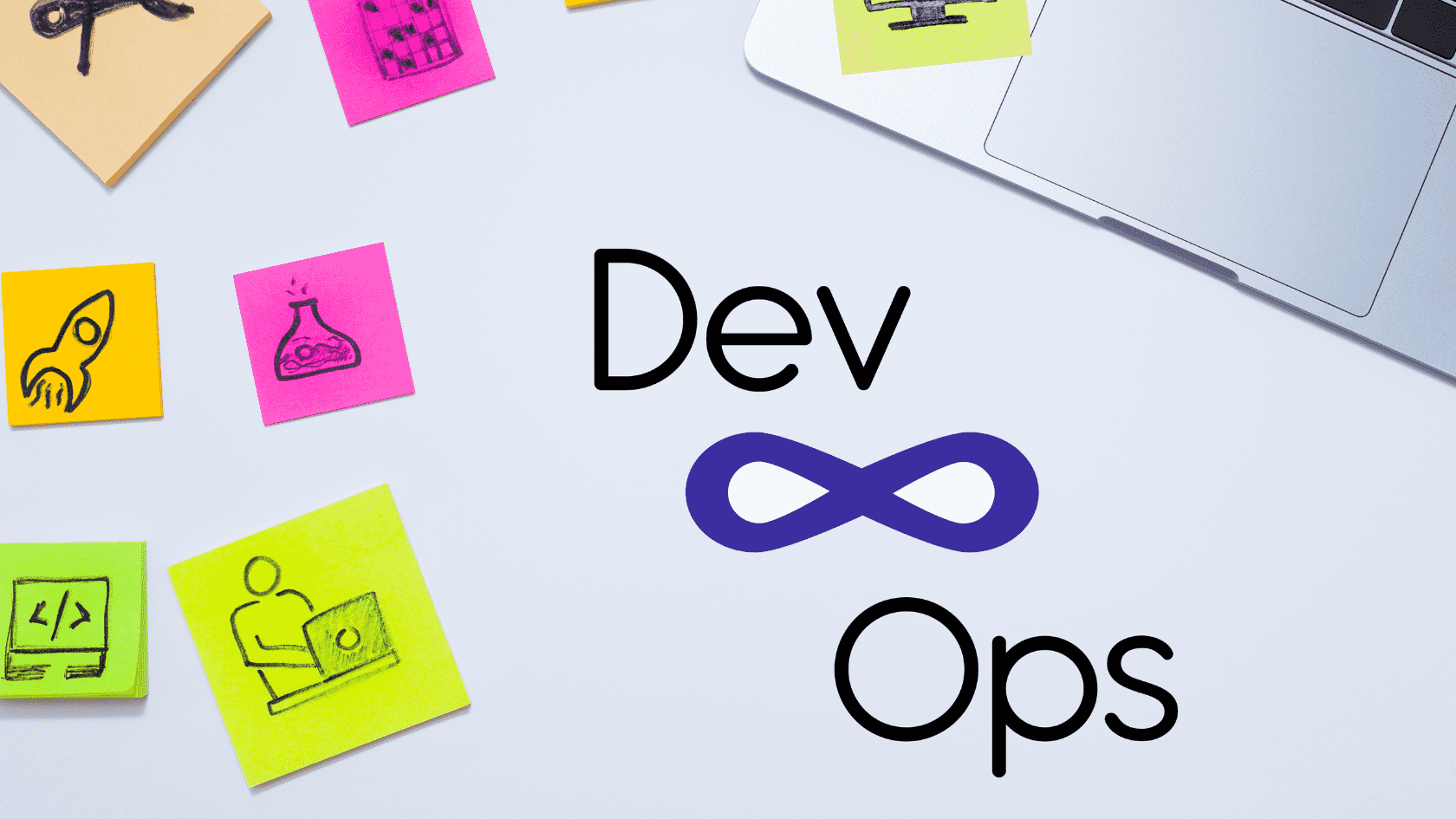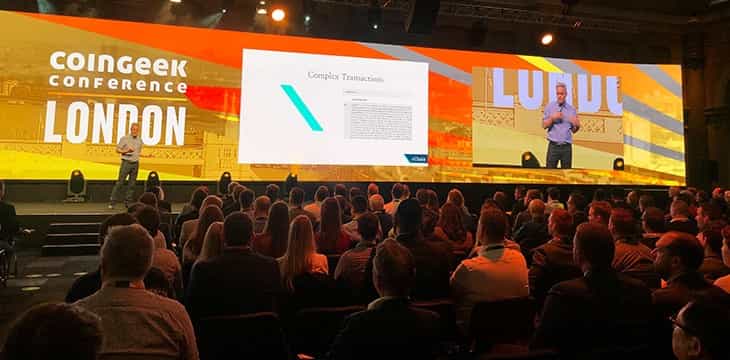When I first started exploring the concept of open-sourcing in the deep tech B2B space, I was skeptical. Like many of my clients, I worried about the risks of giving away valuable intellectual property and losing our competitive edge. But as I dove deeper into the world of open-source, I began to see the transformative power of transparency, collaboration, and community.
Through my own journey and the experiences of the companies I've worked with, I've come to believe that open-sourcing is not just a nice-to-have but a critical strategy for success in the deep tech B2B space. In this blog post, I want to share my insights and experiences with you, and make a compelling case for why sharing code, algorithms, or frameworks with the developer community can be a game-changer for your business. So let's dive in and explore the nuanced benefits and real-world examples of how open-sourcing can accelerate the adoption of your deep tech B2B software.

Building Trust Through Transparency
One of the most significant hurdles in deep tech B2B software adoption is establishing trust. Potential clients need to feel confident that your solution is reliable, secure, and built on solid foundations. Open-sourcing parts of your software can be a powerful way to demonstrate transparency and build trust with your target audience.
Consider the case of HashiCorp, a company that provides infrastructure automation tools for cloud environments. By open-sourcing key components of their software, such as Terraform and Vault, HashiCorp has cultivated a strong reputation for transparency and collaboration within the DevOps community. This openness has not only attracted a passionate user base but has also accelerated the adoption of their enterprise offerings.
When you open-source parts of your deep tech B2B software, you're sending a clear message: “We have nothing to hide. Our code is robust, secure, and ready for scrutiny.” This level of transparency can be particularly compelling for enterprise clients who need to ensure the reliability and security of their critical systems.
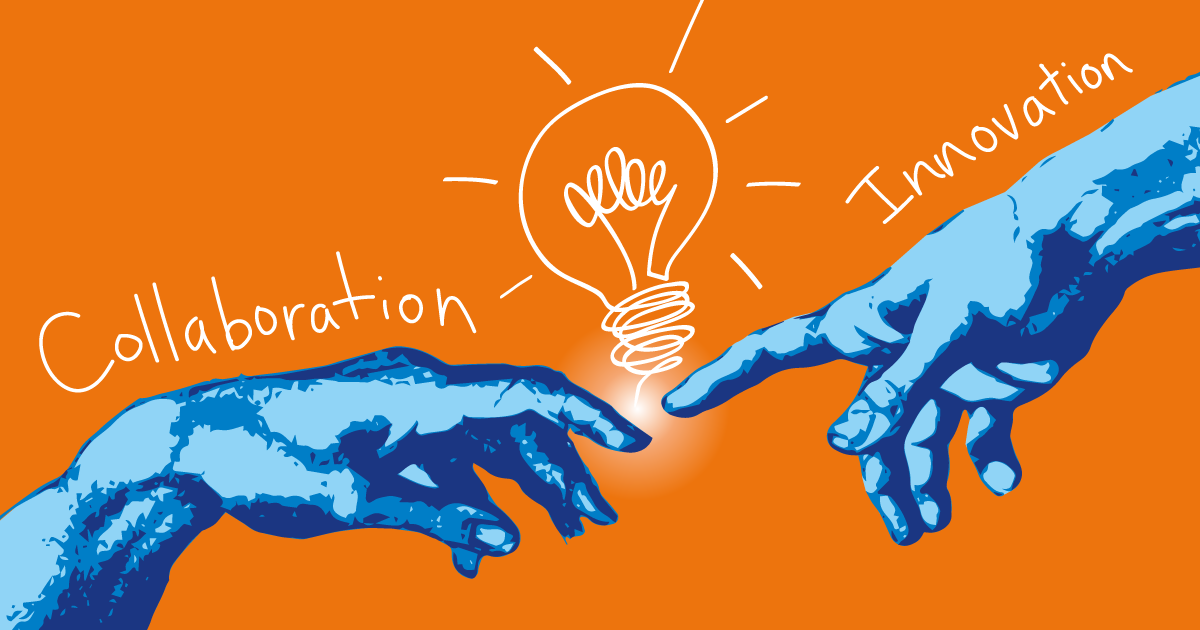
Encouraging Collaboration and Innovation
| Open-Source Project | Original Creator | Key Contributions and Innovations |
|---|---|---|
| TensorFlow | - Extensive library of machine learning models and algorithms - Integration with various languages and platforms - Improved performance and scalability |
|
| Kubernetes | - Enhanced container orchestration and management - Increased resilience and self-healing capabilities - Extended ecosystem of tools and plugins |
|
| Linux | Linus Torvalds | - Numerous distributions and flavors - Advances in security, stability, and performance - Adaptation to a wide range of devices and use cases |
Open-sourcing parts of your deep tech B2B software can also foster a vibrant ecosystem of collaboration and innovation. By sharing code, algorithms, or frameworks with the developer community, you're inviting others to build upon your work, contribute improvements, and explore new use cases.
Take the example of TensorFlow, an open-source machine learning framework developed by Google. By making TensorFlow freely available, Google has not only accelerated the adoption of machine learning in various industries but has also benefited from the collective intelligence of the developer community. Researchers, data scientists, and engineers from around the world have contributed to TensorFlow, expanding its capabilities and adapting it to solve a wide range of problems.
When you open-source parts of your deep tech B2B software, you're tapping into the power of the crowd. Developers who are passionate about your technology can become evangelists, spreading the word and showcasing the potential of your solution. They can also provide valuable feedback, identify bugs, and suggest improvements, ultimately making your software more robust and user-friendly.

Lowering Barriers to Entry
| Open-Source Project | Target Audience | Key Features for Lowering Barriers |
|---|---|---|
| Hugging Face Transformers | NLP Developers and Researchers | - Pre-trained models for various NLP tasks - Consistent API across different models - Extensive documentation and tutorials |
| OpenCV | Computer Vision Developers | - Wide range of image and video processing algorithms - Support for multiple programming languages - Large community and extensive resources for learning and troubleshooting |
| Flask | Web Developers | - Lightweight and easy-to-use web framework - Extensive documentation and code examples - Flexibility and modularity for building custom web applications |
Another key benefit of open-sourcing parts of your deep tech B2B software is lowering the barriers to entry for potential clients. By providing access to code, algorithms, or frameworks, you're enabling developers to experiment with your technology, build proof-of-concepts, and gain hands-on experience without the need for a full-fledged commercial engagement.
Consider the case of Hugging Face, a company that provides natural language processing (NLP) tools and models. By open-sourcing their Transformers library, Hugging Face has made it easy for developers to get started with state-of-the-art NLP techniques. Developers can explore the capabilities of the library, build prototype applications, and gain confidence in the technology before committing to a commercial partnership.
| Benefits of Open-Sourcing | Potential Impact on Adoption |
|---|---|
| Builds trust through transparency | Attracts enterprise clients seeking reliability and security |
| Encourages collaboration and innovation | Taps into the collective intelligence of the developer community |
| Lowers barriers to entry | Enables developers to experiment and build proof-of-concepts |
By lowering the barriers to entry, you're not only making it easier for potential clients to adopt your technology but also expanding your potential user base. Developers who may not have had the resources or opportunity to engage with your software commercially can still contribute to its growth and evangelize its benefits within their networks.
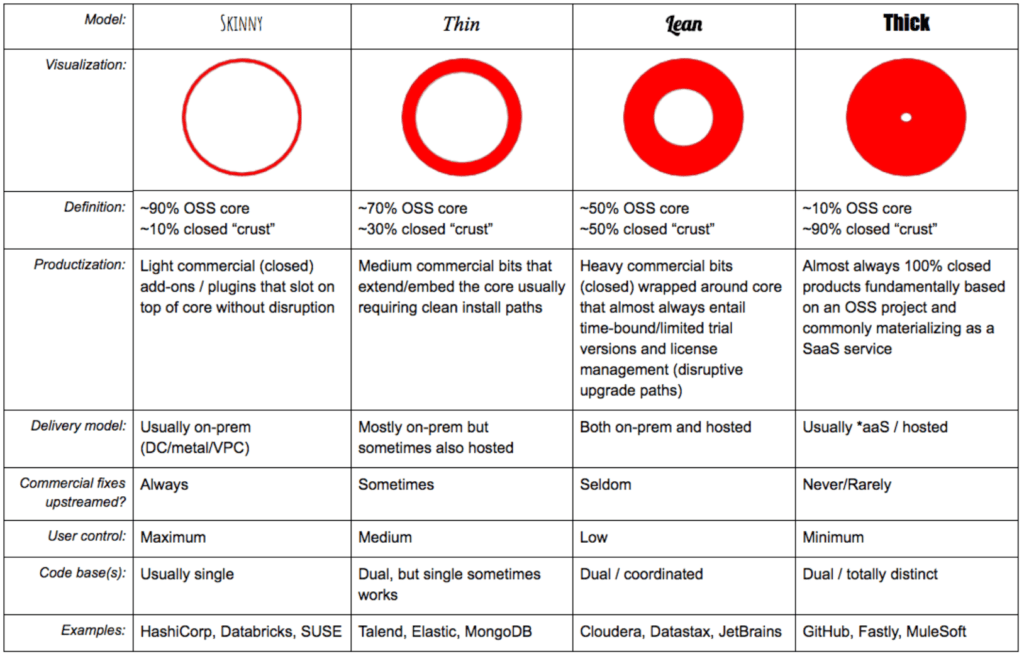
Balancing Open-Source and Commercial Interests
Of course, open-sourcing parts of your deep tech B2B software is not without its challenges. You'll need to carefully consider which components to open-source and how to balance the benefits of transparency and collaboration with your commercial interests.
| Licensing Model | Key Characteristics | Implications for Commercial Use |
|---|---|---|
| Apache License 2.0 | - Permissive - Allows for modification and distribution - Requires attribution |
- Enables commercial use without requiring contribution back to the open-source project - Provides flexibility for building proprietary solutions on top of open-source components |
| GNU GPL v3 | - Copyleft - Requires derivative works to be open-sourced under the same license - Provides patent protection |
- Ensures that any commercial use or modification of the software remains open-source - Limits the ability to create proprietary solutions based on the open-source code |
| MIT License | - Permissive - Allows for modification, distribution, and commercial use - Provides no warranty or liability |
- Enables commercial use with minimal restrictions or requirements - Offers limited protection for the original creators of the open-source software |
One effective strategy is to open-source foundational components, such as libraries, frameworks, or algorithms, while keeping your core product and value-added services proprietary. This approach allows you to build trust and encourage collaboration around the building blocks of your technology while still maintaining a competitive advantage in the market.
Another consideration is the licensing model you choose for your open-source components. Selecting a license that aligns with your business goals and values is crucial. Some licenses, such as the Apache License 2.0 or the MIT License, are permissive and allow for commercial use and modification, while others, such as the GNU General Public License (GPL), require any derivative works to be open-sourced as well.
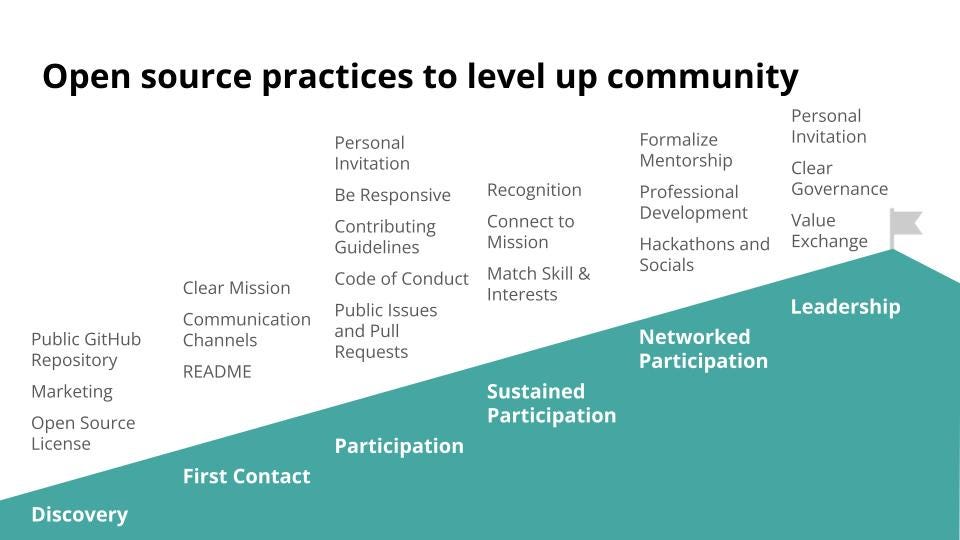
Driving Adoption Through Community Engagement
Open-sourcing parts of your deep tech B2B software is not a “set it and forget it” strategy. To truly accelerate adoption, you'll need to actively engage with the developer community, foster collaboration, and provide support and resources for those working with your technology.
| Community Engagement Tactic | Key Benefits | Real-World Example |
|---|---|---|
| Hackathons and Coding Competitions | - Encourages experimentation and innovation - Provides a platform for showcasing the potential of the technology - Attracts new developers to the community |
GitHub's Open Source Friday initiative, which encourages developers to contribute to open-source projects and provides resources and support for doing so |
| User Groups and Meetups | - Facilitates knowledge sharing and collaboration - Builds relationships and trust within the community - Provides opportunities for gathering feedback and insights |
The Apache Kafka user groups and meetups, which bring together developers and users to discuss best practices, share experiences, and learn from each other |
| Online Forums and Discussion Boards | - Enables developers to ask questions and get support - Facilitates the sharing of tips, tricks, and best practices - Provides a platform for gathering feedback and feature requests |
The TensorFlow community on Stack Overflow, where developers can ask questions, share knowledge, and collaborate on solving common challenges |
This can involve creating comprehensive documentation, offering tutorials and code samples, and participating in forums and discussion groups where developers are sharing their experiences and challenges. By being an active presence in the community, you can build relationships, gather valuable feedback, and position yourself as a trusted partner in the deep tech B2B space.
You can also leverage the power of community events, such as hackathons, meetups, and conferences, to showcase the potential of your open-source components and attract developers to your ecosystem. These events provide an opportunity to demonstrate the real-world applications of your technology, connect with potential clients and partners, and gather insights into the needs and pain points of your target audience.
Open-sourcing parts of your deep tech B2B software can be a powerful strategy for accelerating adoption, building trust, and fostering innovation. By sharing code, algorithms, or frameworks with the developer community, you're not only demonstrating transparency but also tapping into the collective intelligence and passion of developers around the world.
However, open-sourcing is not a one-size-fits-all solution. It requires careful consideration of your business goals, target audience, and competitive landscape. You can build a thriving ecosystem around your tech-savvy B2B software by balancing the benefits of open-source with your business goals, getting involved with the developer community, and offering comprehensive support and resources.
FAQ
1. What is open-sourcing, and how does it apply to deep tech B2B software?
Open-sourcing refers to the practice of making a software's source code publicly accessible, allowing developers to view, modify, and distribute the code. In the context of deep tech B2B software, open-sourcing involves sharing key components, algorithms, or frameworks with the developer community to foster transparency, collaboration, and innovation.
2. Why should deep tech B2B companies consider open-sourcing their software?
Deep tech B2B companies should consider open-sourcing their software because it can help build trust with potential clients, encourage collaboration and innovation within the developer community, and ultimately accelerate the adoption of their technology.
3. What are the key benefits of open-sourcing for deep tech B2B companies?
The key benefits of open-sourcing for deep tech B2B companies include increased transparency, faster iteration and improvement of the software, access to a broader pool of talent and ideas, and the ability to create a thriving ecosystem around their technology.
4. How can open-sourcing help build trust with potential clients?
Open-sourcing helps build trust with potential clients by providing transparency into the software's codebase, architecture, and functionality. This allows clients to verify the quality, security, and reliability of the software, reducing perceived risks and increasing confidence in the technology.
5. What are some real-world examples of successful open-source projects in the deep tech B2B space?
Some real-world examples of successful open-source projects in the deep tech B2B space include TensorFlow (machine learning), Kubernetes (container orchestration), and Elasticsearch (search and analytics).
6. How can deep tech B2B companies balance open-sourcing with their commercial interests?
Deep tech B2B companies can balance open-sourcing with their commercial interests by carefully selecting which components to open-source, choosing appropriate licensing models, and developing a clear strategy for aligning open-source efforts with their business goals.
7. What are some common open-source licensing models, and how do they impact commercial use?
Common open-source licensing models include permissive licenses like Apache License 2.0 and MIT License, which allow for commercial use and modification, and copyleft licenses like GNU GPL v3, which require derivative works to be open-sourced under the same license. The choice of license impacts the ability to create proprietary solutions based on the open-source code.
8. How can deep tech B2B companies drive adoption through community engagement?
Deep tech B2B companies can drive adoption through community engagement by actively participating in relevant forums and discussion boards. They can organize hackathons and coding competitions, host user groups and meetups, and provide resources and support for developers working with their open-source technology.
9. What are the main challenges associated with open-sourcing deep tech B2B software, and how can they be addressed?
The main challenges associated with open-sourcing deep tech B2B software include concerns around intellectual property protection, the need for ongoing maintenance and support of the open-source components, and the potential for competing solutions to emerge based on the open-source code. These challenges can be addressed through careful planning, clear communication of the open-source strategy, and active community management and engagement.



